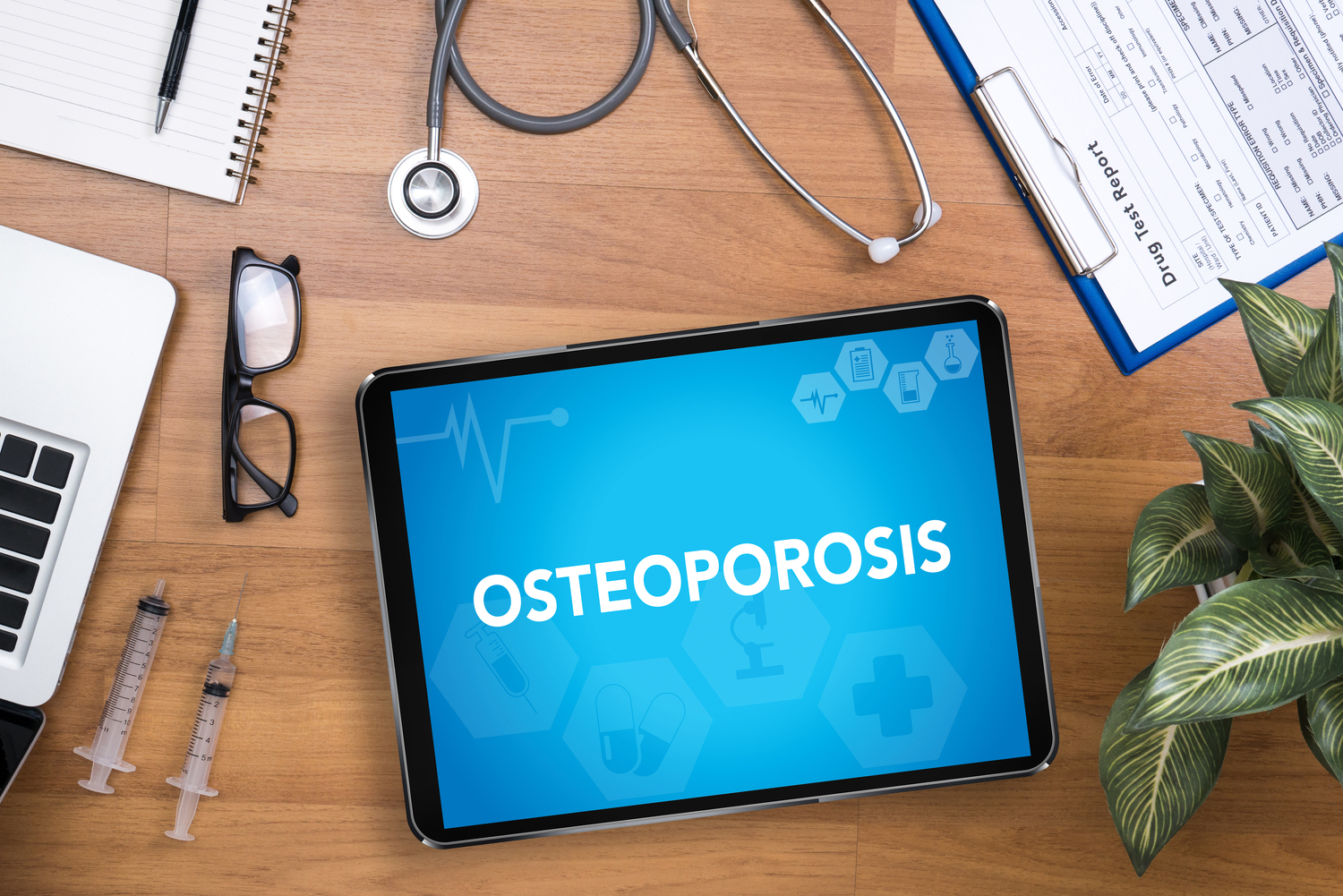
What to Do Now to Prevent Osteoporosis
According to data from the National Osteoporosis Foundation, one in even two women over the age of 50-years old will experience a fracture due to osteoporosis. Osteoporosis is a bone disease that results in the gradual bone loss and thinning of bone. Almost 10 million Americans have osteoporosis, 80% of which are women.
The common symptoms of osteoporosis include loss of height (or stooped posture), skeletal pain, receding gums, and frequent or easy bone fractures. This is why it’s imperative for younger women to do what they can to protect their bones in order to prevent osteoporosis in the future. Here are some lifestyle tips to support bone health and help prevent osteoporosis:
1. Eat foods rich in calcium
Calcium plays a role in keeping your bones healthy. For women age 50-years-old and below, the recommended daily amount of calcium required is 1,000 mg. This increases to 1200 mg in women over age 50. Believe it or not, you don’t need to consume dairy to get your daily calcium. Foods like milk, dark leafy greens (spinach and kale), soya, and fish with bones intact, as well as milk, cheese, and yogurt all contain rich amounts of calcium. If you’re still not meeting your daily requirements, talk to your doctor before taking calcium supplements.
2. Supplement with vitamin D
Vitamin D plays a significant role in strengthening bones by helping the body absorb enough calcium. For people who are 70 years old and younger, the recommended daily intake of vitamin D is 600 international units (IU), and for those who are over 70-years, vitamin D should be taken at 800 international units per day. Sunlight is the best way to acquire vitamin D, but in many locations (during winter) we don’t get enough hours of sunlight to satisfy our vitamin D levels. This is why vitamin D liquid supplements can help us reach these daily goals.
3. Get regular bone density screenings
Taking a yearly bone density test at your doctor’s office can help identify bone issues before you suffer a bone fracture. Doctors often recommend bone density screenings for women in their perimenopausal and post-menopausal years (this varies from woman to woman). A bone density test is conducted via a central DXA machine, often focusing on fracture prone areas (i.e., hip and spine) to prevent and diagnose osteoporosis.
4. Yoga and resistance training exercise
Resistance training is a very efficient way to support bone health because it utilizes gravity with movement to trigger the body’s development of new bones. When performing resistance training, the bones are pulled by the muscles, making them stronger. Strength training also increases flexibility and balance, which reduces your chances of falling and fracturing a bone. High intensity cardiovascular exercise such as aerobics, running, jump rope, dancing, and yoga poses also help improve bone density and balance when performed regularly.
5. Quit smoking
Smoking can lead to bone loss, according to studies published by the National Institutes of Health. Research indicates that the production of bone-producing cells is negatively affected by smoking cigarettes because the body’s fresh blood supply decreases. Smoking also affects the absorption of calcium to the body, which is essential for bone health.



